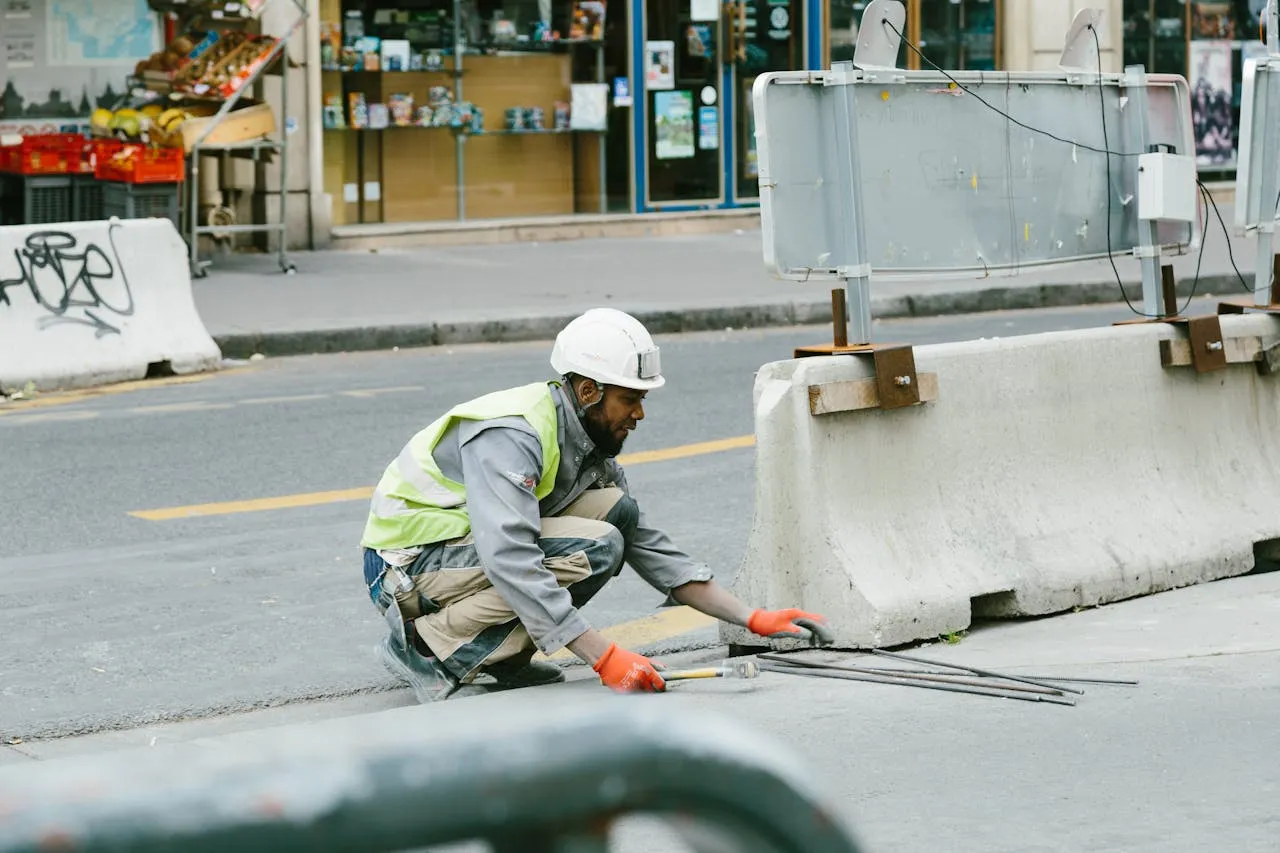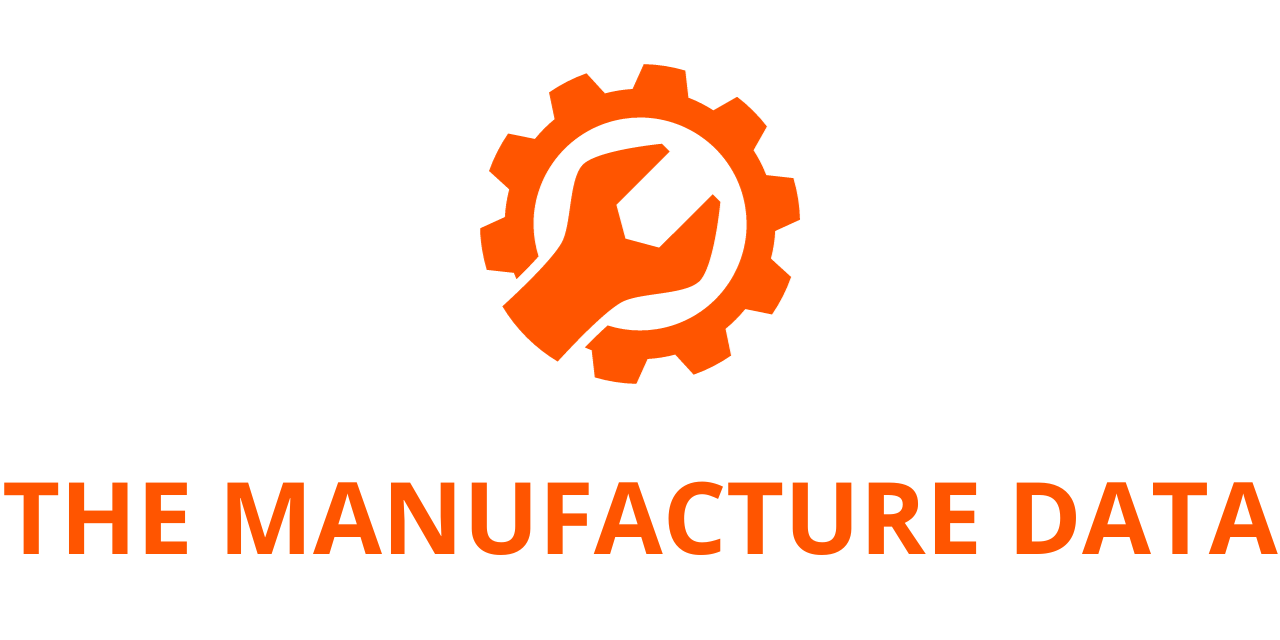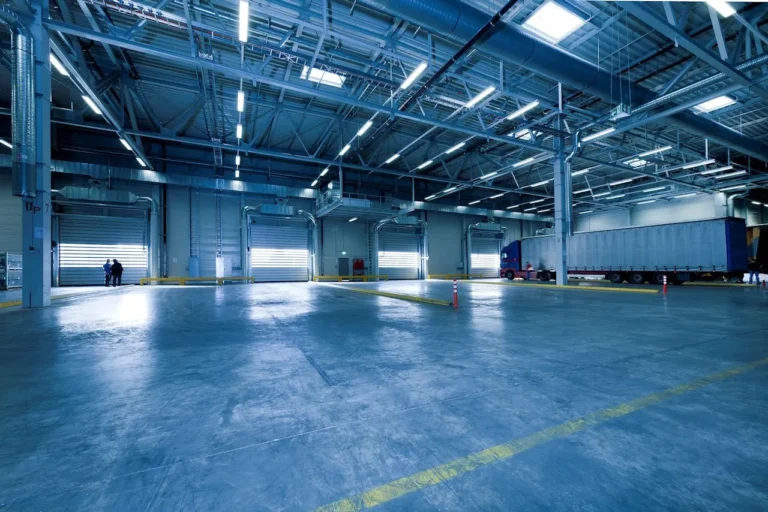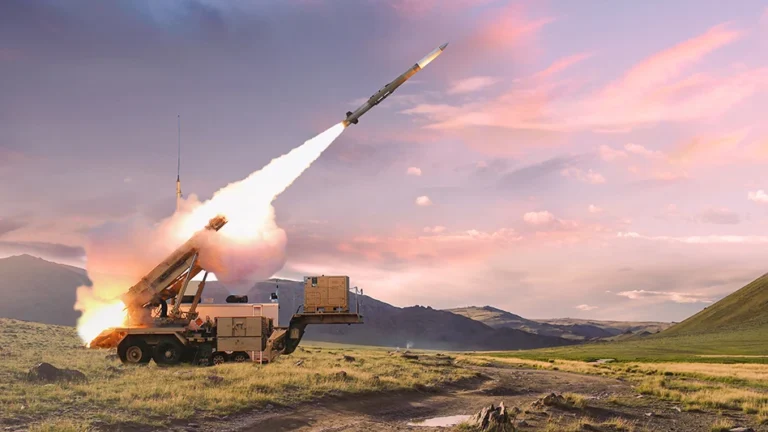
The report titled “Saudi Arabia Construction Equipment Market – Strategic Assessment & Forecast 2024-2029” has been added to ResearchAndMarkets.com. In 2023, the Saudi Arabia Construction Equipment Market was estimated at 35,329 units and is projected to grow to 49,690 units by 2029, reflecting a compound annual growth rate (CAGR) of 5.85%.
In 2023, earthmoving equipment held the largest market share, with excavators being the top segment. The demand for excavators is anticipated to rise due to increased investments in housing, port expansions, and public infrastructure projects.
Given Saudi Arabia’s sandy terrain, crawler excavators are predominantly used, with the 20-ton model being particularly popular, followed by the 50-ton model.
In June 2024, XCMG expanded its presence in Saudi Arabia by opening a new service center in Dammam. This facility, which includes a transit warehouse, a component warehouse for key projects, and a training center, complements existing centers in Riyadh, Jeddah, and Tabuk, enhancing regional service efficiency. XCMG is involved in major projects such as Red Sea, NEOM, and DGDA, supporting Saudi Arabia’s Vision 2030 and the Belt and Road Initiative.
Jeddah faces significant waste management challenges due to rapid population growth, generating over 5,000 tons of solid waste daily. The Buraiman landfill, the primary site, processes 1.5 million tons annually but faces environmental issues, including groundwater contamination from a large sewage lake.
Increased Investment in Public Infrastructure Projects Across Saudi Arabia
Saudi Arabia is undertaking several large-scale infrastructure projects, with around 20 giga and mega projects currently in development. NEOM, one of the world’s largest construction sites, is a centerpiece of this effort, employing 140,000 workers as of April 2024, with expectations to increase to 200,000 by 2025. By 2028, Saudi Arabia is projected to become the world’s largest construction market, with an output value of USD 181.5 billion, driven by Vision 2030. This initiative focuses on economic diversification and reducing oil dependence through extensive investments in residential properties and large-scale projects, bolstering the construction equipment market.
NEOM, unveiled in 2017 by Crown Mohammed bin Salman Al Saud, spans 26,500 square kilometers and will comprise 10 projects. Details for four projects—The Line, Oxagon, Trojena, and Sindalah—have been announced, with the first phase expected to be completed by 2025.
Saudi Arabia’s construction output is expected to reach USD 181.5 billion by 2028, up from USD 141.5 billion in 2023, with residential construction leading at USD 43.5 billion. Vision 2030 targets include 660,000 residential units, 320,000 hotel rooms, and 6.1 million square meters of office space.
The King Salman International Airport in Riyadh, set to become the world’s largest, will be developed in phases and cover 57 square kilometers, aiming to handle 120 million passengers annually. The airport project includes new private aviation terminals, runways, and terminals opening between 2026 and 2030.
Riyadh launched its first public bus network in 2023 and completed its metro system, which is not yet operational. The Public Investment Fund-backed EVIQ is developing EV infrastructure nationwide, and plans are underway to expand the rail network from 5,000 km to over 8,000 km. The Saudi Highway Renewal Project will focus on Riyadh’s Western Ring Road (WRR), with Nesma & Partners undertaking a USD 320 million contract.
The King Abdulaziz Port has boosted its crane capacity by 9.7% with a SAR 7 billion (USD 1.86 billion) investment, adding three automated quay cranes and three rubber-tired gantry cranes, totaling 18 quay cranes and 50 gantry cranes.
Market Trends & Drivers
Saudi Arabia is emerging as a global player in the green hydrogen market, with the Public Investment Fund (PIF) spearheading the development of the world’s largest green hydrogen production facility in NEOM. This facility will utilize the region’s solar and wind resources to produce green hydrogen, supporting sustainable energy solutions across various sectors, including construction equipment.
The demand for cranes is expected to rise due to various LNG projects, including a USD 3.3 billion complex being developed by Sinopec Engineering Group and Spain’s Tecnicas Reunidas. The project will establish facilities with a production capacity of 510,000 barrels per day.
Waste-to-energy projects are anticipated to boost sales of wheeled loaders. Edama Organic Solutions, a KAUST startup, has inaugurated Saudi Arabia’s first dedicated organic waste recycling facility, aiming to recycle KAUST’s food and green waste into high-quality soil improvement.
Saudi Arabia is investing in new data infrastructure projects to support digital transformation and improve internet connectivity. These developments are part of Vision 2030’s broader strategy to diversify the economy and reduce oil reliance, thereby supporting the growth of the construction equipment market.
The country’s renewable energy strategy is marked by the signing of power purchase agreements for 5,500 MW of solar PV projects, contributing to the goal of achieving 20 GW of renewable energy capacity by 2024. This will stimulate demand for material handling equipment during construction phases.
Robust growth in port development is driving sales of overhead cranes. The King Abdulaziz Port’s recent upgrade aligns with the National Transport and Logistics Strategy, enhancing Saudi Arabia’s position as a global logistics hub.
Industry Restraints
High construction costs in Saudi Arabia are slowing down construction activities. Volatility in oil prices and tightening sustainability regulations are contributing to increased initial compliance costs.
The construction industry faces a significant talent shortage, with a projected deficit of 663,000 skilled workers by 2030, potentially leading to USD 206.77 billion in unrealized revenue. Efforts to reduce reliance on foreign labor have not met demands, exacerbating the issue.
Overreliance on the hydrocarbon industry presents risks, with oil price fluctuations potentially impacting economic stability and constraining construction industry growth.
Key Report Attributes:
- No. of Pages: 217
- Forecast Period: 2023 – 2029
- Estimated Market Value in 2023: 35,329 Units
- Forecasted Market Value by 2029: 49,690 Units
- CAGR: 5.8%
- Regions Covered: Saudi Arabia
Key Vendors:
- Caterpillar
- Komatsu
- Volvo Construction Equipment
- Hitachi Construction Machinery
- Liebherr
- SANY
- XCMG
- JCB
- Kobelco
- Zoomlion Heavy Industry
- Kubota
- CNH Industrial
- HD Hyundai Construction Equipment
- LiuGong
- DEVELON
Other Prominent Vendors:
- Tadano
- Terex Corporation
- SDLG
- Manitou
- MERLO
- Yanmar
- Fushun Yongmao Construction Machinery Co.
- Bomag
- ElectroMech
- KATO Works
- AUSA
- Wacker Neuson
- The Manitowoc Company
- JLG
- AMMANN
- Toyota Material Handling
- Haulotte
- Hidromek
Distributor Profiles:
- Kanoo Machinery
- Al-Futtaim Auto & Machinery Company
- Arabian Truck & Construction Equipment Co.
- Arabian Auto Agency
- Al-Qahtani Vehicle & Machinery Company
- HOE For Construction Equipment & Machinery Trading Co.
- Abunayyan Trading
- Zahid Group
For more details, visit ResearchAndMarkets.com.




